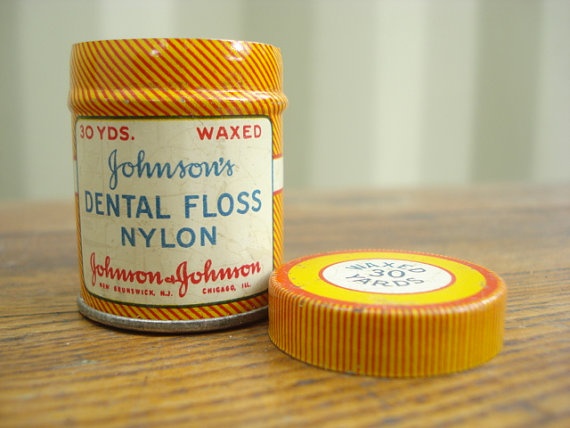What Happens When You Don’t Floss?
A lot of us have lied to our dentist at some point in our lives. It happens at a teeth cleaning, while your hygienist scrapes your teeth with pointy instruments and shows you the blood on your paper bib. Then she asks, “How often do you floss?” And that’s when you lie. “Every day,” you say, though in reality your teeth haven’t been flossed since the last time you came to the dentist. And your hygienist knows this, because of all the blood. Except… isn’t it really her fault you’re bleeding? I mean, she’s the one attacking your gums with tiny metal blades. Nope. When you neglect to floss, it means you’re not cleaning 40% of the surface of your teeth. This is true even if you’re a diligent brusher. As a result, plaque and tartar build up along your gum line. Your dental hygienist then has to remove the plaque, which unfortunately causes your gums to bleed. Other floss related causes of gum bleeding? Infection is a big one. A lot of people like to claim that they don’t floss because it makes their gums bleed, when in reality their gums bleed because they don’t floss. Food particles and bacteria stay between your teeth and grow into damaging infections. You should be flossing every day to remove potential causes of infection from your teeth.Dental Floss through History
People who don’t floss also face a higher risk of cavities, tooth loss, and bad breath, in addition to the bleeding gums issue. That’s why dental physicians have been recommending floss for hundreds of years, and we even have evidence of humans using interdental cleaners before that. The remains of early humans show grooves in their teeth, which suggests that they used some kind of floss or toothpicks. Prehistoric humans likely used the hair from a horse’s tail to clean their teeth. In the early 1800s we really started to see physicians recommending dental floss to their patients. 1815: A New Orleans dentist named Dr. Levi Spear Parmly is the first known physician to recommend flossing. In his book, A Practical Guide to the Management of Teeth, he recommended brushing twice a day and flossing once a day—the same dental hygiene guidelines we recommend today. He told his patients to use a waxed silken thread to floss, a material readily available at the time for tailoring clothes. He rightly believed that flossing could remove food particles that toothbrushes couldn’t reach, and that these particles were the true origin of oral diseases. 1882: In 1882 the Codman and Shurleft Company mass produced dental floss in the US for the first time. It was made of unwaxed silk. 1898: The Johnson & Johnson Company received the first US patent for dental floss in 1898, after releasing their dental floss in 1896. Their floss was still made of silk, the same silk used for surgical sutures.


